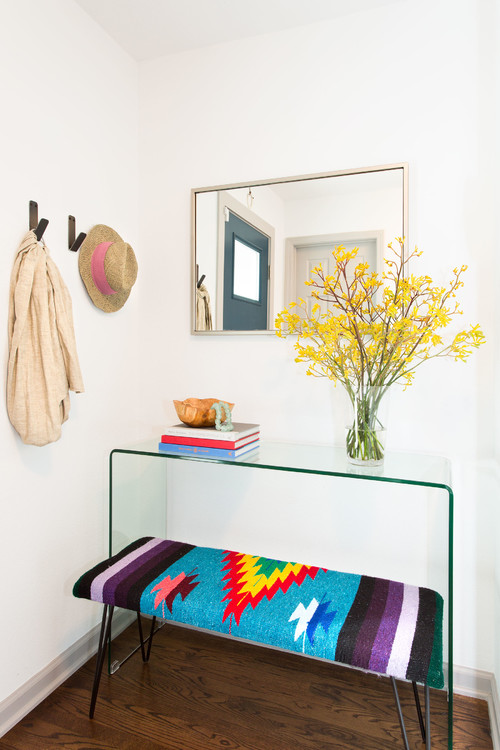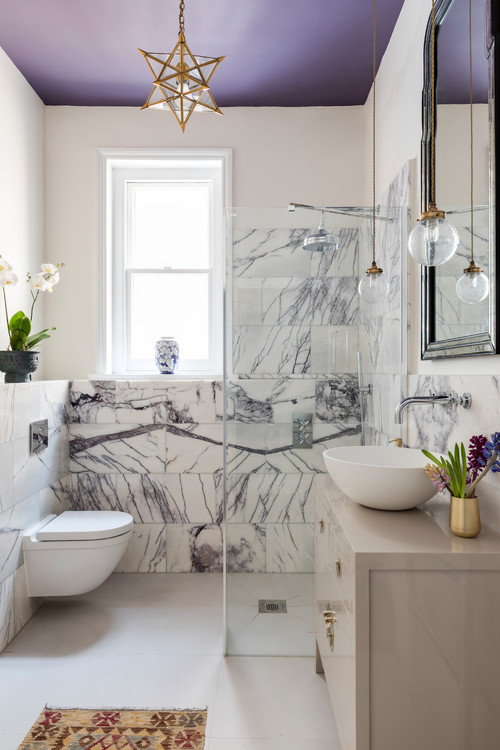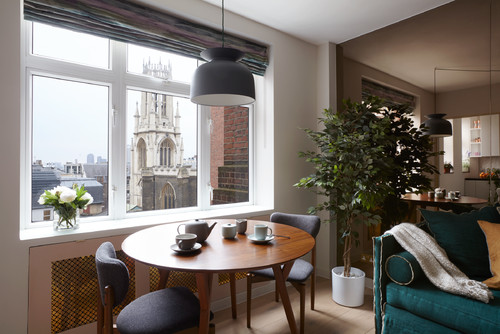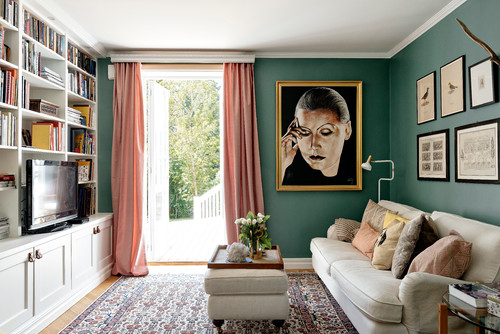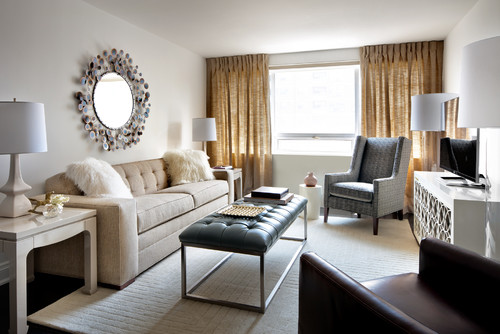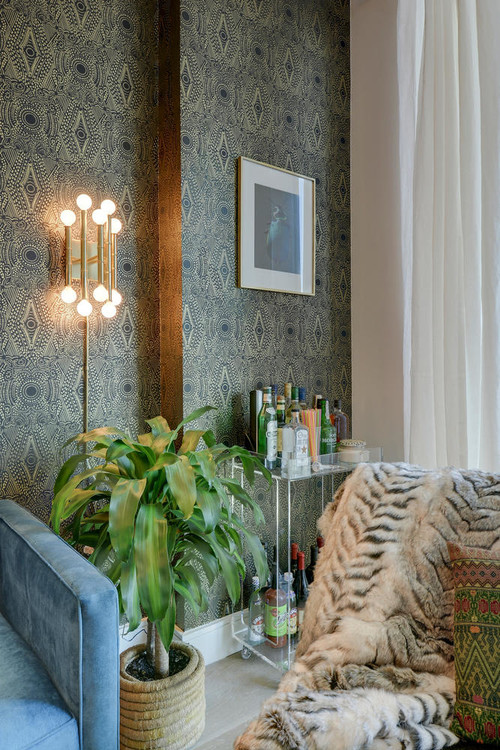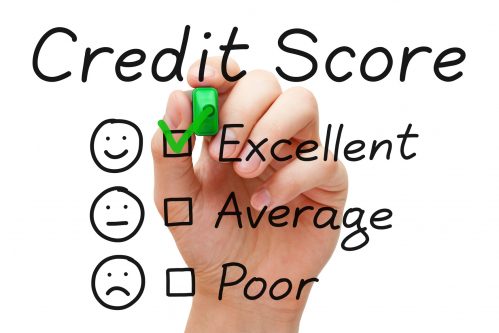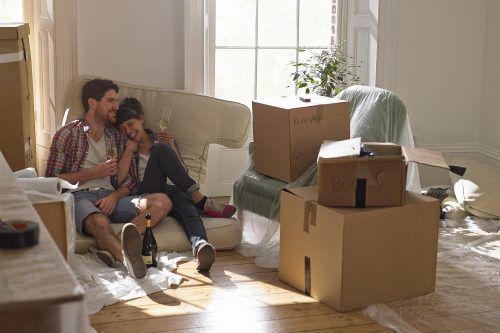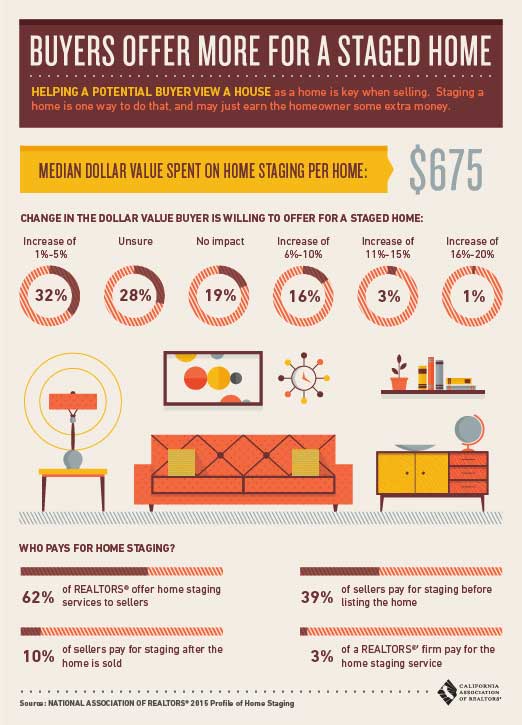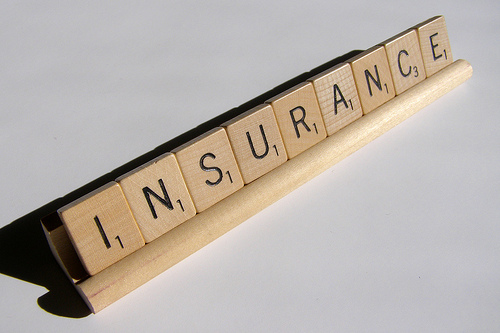Installing a Pool? The Ultimate Homeowner’s Checklist


With spring upon us and typically hotter summer weather right around the corner, many homeowners wonder whether or not this year is the year to go ahead with a decision on installing a pool. This checklist is a really good resource for review before any home in-ground pool installations.
The decision to install an in-ground pool should never be taken lightly. Take the time to review this checklist before calling up the nearest pool installer.
While this iconic amenity adds a level of beauty and recreation to the property, it also imparts significant real estate considerations. Without careful forethought and planning, unexpected roadblocks may put the pool to a grinding halt. Take the time to review this checklist before calling up the nearest pool installer.
Local Laws, Permits, and Municipal Codes
Check with the local jurisdiction to find out what is required. The pool contractor should be well-versed in the codes, permits, and fees necessary to begin. However, the responsibility lies with the homeowner. Some areas have restrictions on size and type of pool, setback, and safety features.
Homeowner’s Association Restrictions
Some homeowner’s associations may forbid the installation of pools altogether, while others have specific restrictions. They may prohibit excessively large pools or require additional safety measures not required by the city. Consult with them prior to investing in a pool or they may put a stop to it.
Utility Easements
Known easement issues should be dealt with prior to installing a pool. Utility service easements and other access issues can make the prime location of the pool far less inviting. Natural obstructions such as sinkholes, rocky terrain, and trees can increase the difficulty further.
Space Requirements
A pool will also take up more area than most people are expecting. Account for plenty of excess space for ease of movement, garden area, and play areas for children. Have a contractor assist in plotting out the available space, and making note of any questionable areas.
Property Taxes Versus Property Value
Typically, expect a new pool installation to qualify as new construction on the property. This will subject it to higher property taxes, which will vary based on locale. However, the amount of the investment is not often reflected by an equivalent increase in property values. Consider a new pool an indulgence rather than an investment.

Climate and Neighborhood
Warmer climates are perfect locations for pools; so much so that they are essential property features, not luxuries. Even homes close to coastal regions still require pools, to maintain the health of the real estate market and to sell quickly. Homes in colder climates are more likely to add a pool as a novelty, only available for use in the warmer spring and summer months. Likewise, take a look at the other homes in the neighborhood, for indications on how desirable a pool is, and what styles are preferred in this market.
Patio, Landscaping, and Amenities
Consider how the in-ground pool fits in with current and future outdoor amenities. A patio is a natural pairing, but proper landscaping will prevent the pool from looking staggeringly out of place. Lighting, fire pits, and cooking areas can all be incorporated into a comprehensive outdoor entertainment area, increasing property values and market desirability.
Financing with Home Equity, Second Mortgage, or Unsecured Loan
Choosing the right financing should be done prior to putting a deposit down with a pool contractor. A qualified lender can explain the available options and assist in deciding what is best at the time. Many people turn to home equity loans immediately, but they are not always available on a newer home purchase or during a slow market. A second mortgage is another popular choice, but may not be a sound investment if a quick sale is expected. Unsecured loans are less popular, but are good when a large deposit is already available.
Resale Value and Attractiveness to the Market
A new pool is no guarantee of increased property values. In unfavorable markets, some buyers may not desire an in-ground pool at all, and it may end up buried in the future. Proper research will indicate what kind of market the property is located in. Often, a pool remains a luxury investment that is not easily recouped in the future.
The decision to install a pool is complex, but need not be overwhelming. By covering these areas prior to beginning, it will be easy to determine if a pool will be a reality or a pipe dream.
Look for homes with pools for sale in your area by visiting www.kappelgateway.com.
Now that you know the skinny on home in-ground pool installations….happy swimming!!
Source: CB Blue Matter / Sharon Lee
Boost Curb Appeal in a Day…
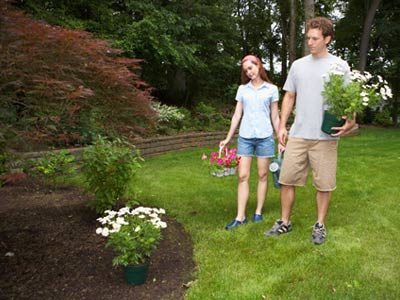

Sometimes when planning to sell a house, in the name of renovating interior living spaces, updating bathrooms, replacing appliances and adding decorative touches throughout the bedrooms, homeowners leave outdoor curb appeal as a last priority. While of course the inside of a home is important, sellers make a big mistake when they neglect the exterior. Why is a home’s exterior so important? Consider this: Curb appeal is often a potential buyer’s first impression of a home, the very thing that helps him/her decide whether or not to come inside. Whether they’re shopping online or by cruising through neighborhoods, the outside of your property is the first thing they’ll notice. If you’re selling your home or about to, how can you quickly and effectively tackle the outdoor appeal? Here are some key tips for boosting the curb appeal in a way that means quick turnaround and increased home value:
1. Start with the Front Door. Believe it or not, your home’s front door can be one of its most important assets. A new steel entry door consistently ranks as one of the most rewarding projects in home repairs, yielding an increase in home value that’s greater than the costs to install one. Likewise, to make the door especially captivating, consider painting it a bold, pleasing color that will grab attention and add charm. When buyers see a new door that looks attractive, they see another asset that makes your home the one to buy.
2. Make Any Necessary Repairs. Is the driveway cracked or the front doorbell busted? Now is the time to call a repair company or get out your own toolbox to make repairs. Buyers want turnkey, move-in-properties, and that means they want properties with repairs already done. Do the work now to get your home in ship-shape condition.
3. Keep Up with Landscaping. From mowing the lawn to pulling weeds, make sure you’re keeping up with your outdoor landscaping so that your home looks presentable and well cared for at all times. Overgrown bushes and dying plants are a surefire signal to potential buyers that you’re not caring for your home and leaving more maintenance for them to handle.
4. Add Lighting. While most buyers will come visit your home during the daytime, it’s not at all unusual for the most interested ones to also drive by at night to see what nighttime curb appeal is like. Landscape lighting can make all the difference in terms of how a home looks, so make an investment in attractive lighting options that illuminate and add interest to your property. “Solar landscaping lights are a great addition to any yard because they don’t require complicated and expensive wiring,” says Bob Vila. “Remember, though, you get what you pay for—cheap lights won’t last as long and simply won’t look as good.”
5. Touch Up Paint. A fresh coat of paint is just as powerful outside as it is inside, so to update your home’s look, repaint the exterior or at least touch up problem areas. Another idea is to paint the trim a new color that creates either a nice complement or contrast to your home’s overall look.
6. Make Over the Mailbox. You might not think a mailbox matters much, but it’s yet another one of those little details that can add up together to make a strong impression on a buyer.
7. Add Outdoor Furniture. From rocking chairs on the front porch to an outdoor patio set on the back deck, outdoor furniture creates outdoor living spaces that expand your home’s appeal. Look for attractive, durable pieces that will endure weather damage and look good for years to come — whether or not you include these pieces with the home sale, setting them up is a great way to stage your home for greater resale value.
The bottom line when it comes to curb appeal is that a little investment today can add up to big rewards tomorrow. Take the time to update, clean, repair and add value to your property’s exterior now and you will make it more attractive to buyers, not to mention more beautiful to come home to. Use the tips above to get started now.
Source: Rismedia
The Effect of Environmental Hazards on Home Value
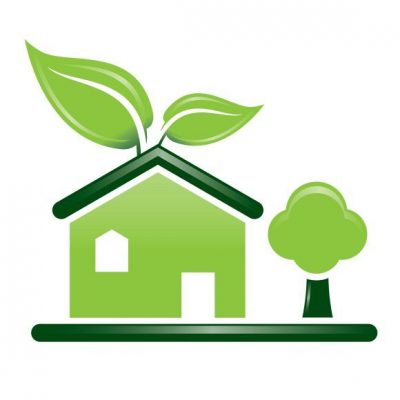

There are several factors that weigh on home value, including condition, location, and—in areas where they are most pronounced—environmental hazards such as poor air quality.
According to the ATTOM Data Solutions recent Environmental Hazards Housing Risk Index, 17.3 million single-family homes and condominiums have a high risk of an environmental hazard, with Denver, Colo., San Bernardino, Calif., and Curtis Bay, Md., facing the highest risk. Environmental hazards include brownfields, or property contaminated (or potentially contaminated) by a hazardous substance, polluters, poor air quality and superfunds.
“Home values are higher and long-term home price appreciation is stronger in zip codes without a high risk for any of the four environmental hazards analyzed,” says Daren Blomquist, senior vice president at ATTOM Data Solutions. “Corresponding to that is a higher share of homes still seriously underwater in the zip codes with a high risk of at least one environmental hazard, indicating those areas have not regained as much of the home value lost during the downturn.
“Conversely, home price appreciation over the past five years was actually stronger in the higher-risk zip codes, which could reflect the strong influence of investors during this recent housing recovery,” Blomquist says. “Environmental hazards likely impact owner-occupants more directly than investors, making the latter more willing to purchase in higher-risk areas. The higher share of cash sales we’re seeing in high-risk zip codes for environmental hazards also suggests that this is the case.”
In areas with a “very high” brownfield risk, 17.2 percent of properties are “seriously underwater,” according to the Index; in areas with a “very low” brownfield risk, 8.9 percent of properties are seriously underwater. Median home prices in very high brownfield risk areas are 2.8 percent below 10 years prior, while median home prices in very low brownfield risk areas are 2.8 percent above 10 years prior. Home sellers in very high brownfield risk areas gained 25.3 percent on average at sale, while sellers in very low brownfield risk areas gained 18.9 percent.
In areas with a very high polluter risk, 12.7 percent of properties are seriously underwater, compared to 9.2 percent of properties seriously underwater in very low polluter risk areas. Home sellers in very high polluter risk areas gained 16.6 percent on average at sale, while sellers in very low polluter risk areas gained 27.7 percent.
For areas with a “low” or “moderate” risk of poor air quality, home sales volume has increased 26 percent in the past five years, according to the report; for areas with a “high” risk of poor air quality, home sales volume has increased 16.5 percent in the past five years, while in areas with a very high risk of poor air quality, home sales volume has increased 3.3 percent over the past five years.
Median home prices in very high superfund risk areas are 1.5 percent below 10 years prior. Home sellers in high superfund risk areas gained 19.6 percent on average at sale, while sellers in very low superfund risk areas gained 24.4 percent.
Source: Rismedia

 Facebook
Facebook
 X
X
 Pinterest
Pinterest
 Copy Link
Copy Link


